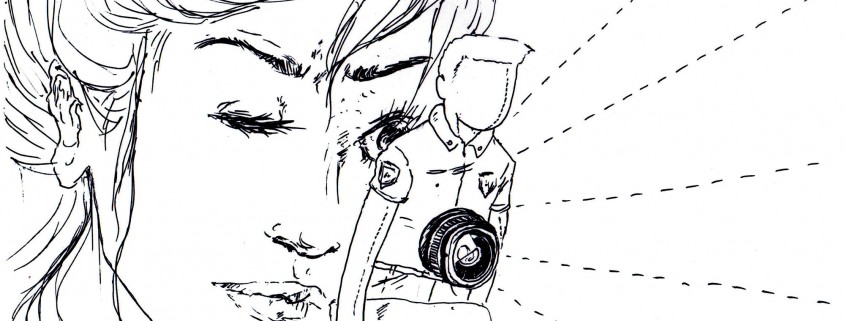Body cameras can’t provide indisputable evidence
The shooting of Walter Scott by officer Michael Slager in North Charleston, South Carolina, this past week has brought last year’s outrage over Ferguson and Garner back to the front lines. Body cameras still seem to be America’s favorite solution to this problem. Mayor of South Charleston Keith Summey said that in response to the incident, the city has ordered enough cameras for every police officer.
In a perfect world, police body cameras would provide indisputable evidence. Violent cops would be held accountable for their actions in court, thereby discouraging other officers from engaging in violent actions and eliminating police brutality all together in the future.
That conclusion, however, treats police body cameras as a complete solution instead of a first step. Video evidence might seem to be enough to throw anyone in jail, but the Eric Garner case proved that to not always be true.
To recap, Eric Garner was an unarmed black man who was killed by a New York City police officer. The event reached the spotlight because of a civilian cell phone video showing the officer grabbing Garner’s throat from behind and maintaining the choke hold despite Garner’s very audible protests that he could not breathe. Video evidence was not enough, however, to indict Officer Daniel Pantaleo.
It would also be ignorant of me to claim that the Garner case proves anything negative about police body cameras. In fact, had Pantaleo been wearing a camera at the time, it is possible that he wouldn’t have used the force he did. It does, however, make it clear that an officer being caught on camera using unnecessary force doesn’t necessitate the officer being held accountable.
In 1989, the United States Supreme Court clarified in Graham v. Connor that under the Fourth Amendment, police officers are not held under the same due process standards to which civilians are held. Instead, juries are asked to consider excessive force by law enforcement officials under the “objective reasonableness” standard.
Perhaps the most important wording used by the Graham court is that “the reasonableness of a particular use of force must be judged from the perspective of a reasonable officer on the scene, rather than with the 20/20 vision of hindsight.” In other words, the jury is asked to imagine a reasonable officer and consider whether such an officer might believe the specific use of force was reasonable.
It cannot be known whether this logic was used in the Garner case. Graham v. Connor, however, does set a clear precedent that police officers are to be given the benefit of the doubt that citizens are not privy to. There are, without a doubt, situations in which such benefit of the doubt is warranted, but surely not in circumstances with very plain video evidence.
Police body cameras are part of the solution. They are, however, just one response to the problem. In order to truly eliminate police brutality, we need to ensure that accused officers, with or without video evidence, aren’t given too much benefit of the doubt.
Claire Cahoon is a sophomore majoring in English. “Point/Counterpoint” runs Tuesdays.

